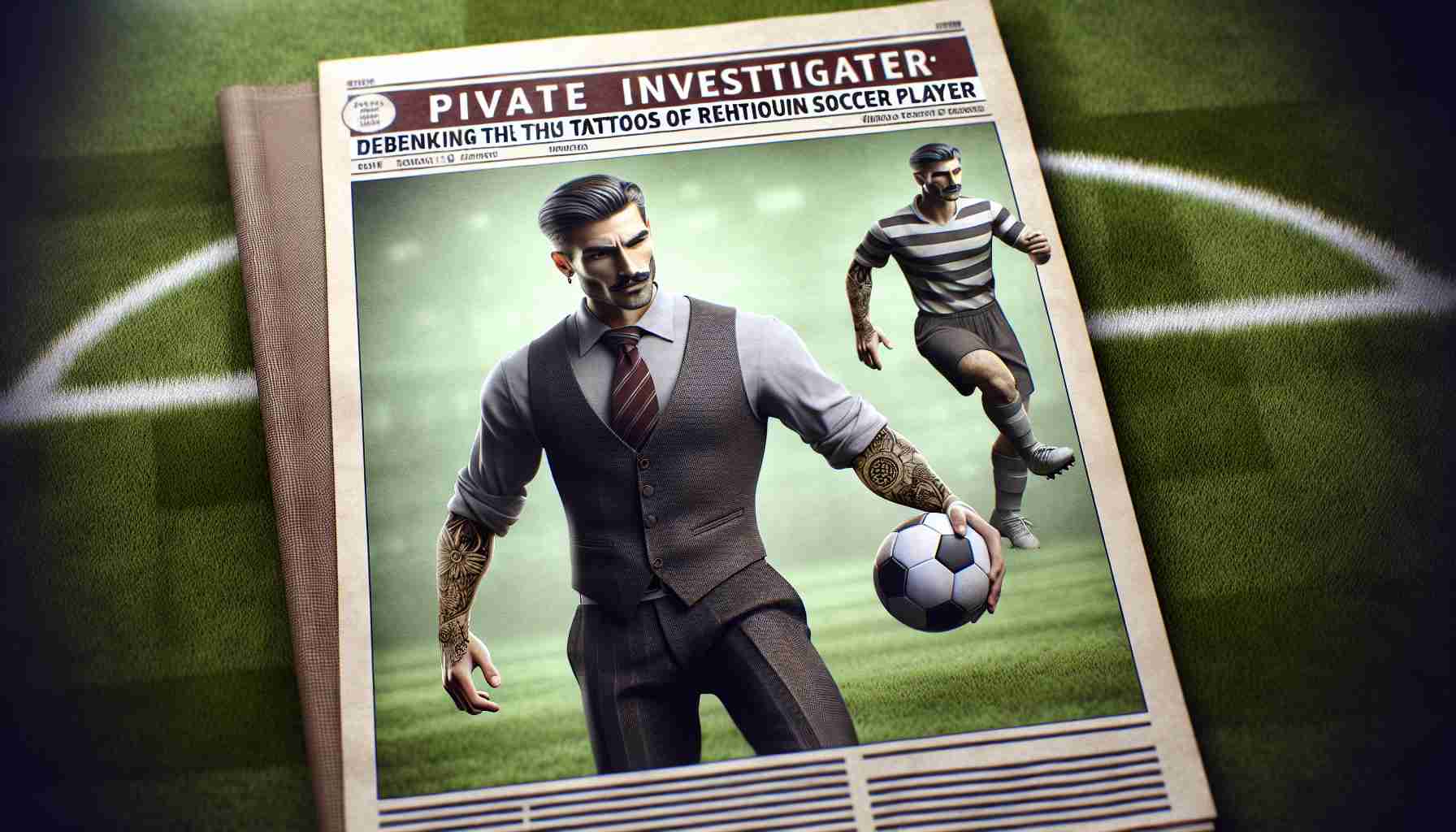Recent claims circulating on social media have suggested that global football superstar Cristiano Ronaldo sports a tattoo of the Palestinian flag on his body. The rumors gained traction when a particular image surfaced, showing a purported tattoo on his back and the phrase “FREE PALESTINE” positioned prominently above the depiction of the flag.
However, there is no substantiated evidence to support the existence of such a tattoo on Ronaldo’s body. A thorough review of recent photographs of the athlete reveals no signs of the tattoo claimed by these social media posts. In fact, a post shared by Ronaldo on his Instagram account just a few months ago illustrates a clear lack of any tattoos on his back.
The controversial image has been making rounds since early November, yet subsequent images taken of Ronaldo indicate that the original picture could very well be manipulated or digitally altered. As Ronaldo remains one of the most visible figures in the sports world, it is unlikely that a tattoo of this nature could go unnoticed for long.
This incident highlights the ongoing issue of misinformation linked to geopolitical conflicts, similar to previous claims about manipulated photographs in the region. For more insights and information on the spread of such misleading narratives, further resources can be explored on our dedicated platform.
Understanding Misinformation and Navigating Reality
In today’s digital age, staying informed can sometimes feel overwhelming, especially with the rampant spread of misinformation across social media. The recent rumors surrounding Cristiano Ronaldo and the alleged tattoo of the Palestinian flag illustrate how quickly false claims can proliferate. Here are some tips, life hacks, and interesting facts to help you navigate this landscape more effectively.
1. Verify Before You Share
Before forwarding any news or images, take a moment to verify the information. Look for credible sources or fact-checking websites. Platforms like Snopes and FactCheck.org are excellent resources for debunking myths and validating claims.
2. Keep an Eye on Source Credibility
When encountering a sensational story, consider the source. Established news organizations typically adhere to a code of ethics and fact-checking procedures. Blog posts or social media accounts with unclear backgrounds may not provide reliable information.
3. Understand Emotional Appeal
Misinformation often plays on our emotions—fear, anger, or sympathy—which can cloud our judgment. Recognizing this tactic can help you maintain a level head and refuse to engage with misleading content.
4. Leverage Technology
Various tools and browser extensions can assist you in identifying fake news. For instance, tools like NewsGuard rate the credibility of different websites, helping you navigate through the noise more effectively.
5. Educate Yourself on Misinformation Tactics
Understanding how misinformation spreads is crucial. Manipulated images and misleading headlines are common tactics used to mislead readers. By familiarizing yourself with these methods, you’ll be better positioned to spot false information.
Interesting Fact:
Did you know that the term “fake news” gained significant traction during the 2016 U.S. presidential election? This phenomenon highlighted the need for media literacy, revealing how critical it is to scrutinize information before believing or sharing it.
6. Engage in Critical Discussion
Talking about misinformation and its impact with friends and family can foster a more informed environment. Encourage open discussions about current events and how to discern credible information from the noise.
7. Follow Up-to-Date Resources
To stay informed about new cases of misinformation and learn how to counter them, consider following platforms dedicated to media literacy and fact-checking. Websites like FactCheck.org offer valuable insights and updates.
By implementing these tips and understanding the underlying mechanics of misinformation, you can empower yourself and others to navigate the complexities of today’s information landscape more effectively. Remember, staying informed is not just about consuming information; it’s about understanding its origin and verifying its validity.

